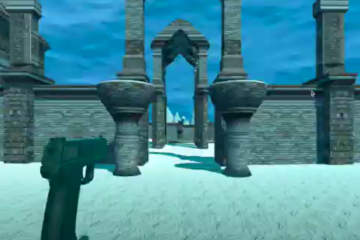In the world of robotics, there are certain iconic robots that have left an indelible mark on the field, and one of these is the PUMA 560. PUMA, which stands for Programmable Universal Machine for Assembly, is a series of robotic arms developed by Unimation, and the PUMA 560 was one of the most influential models in this series.
The Birth of PUMA 560:
The PUMA 560 was introduced in the early 1980s, a time when industrial robots were beginning to revolutionize manufacturing processes. It was designed to perform a wide range of tasks in industrial settings, particularly in assembly and material handling applications. With its unique features and advanced capabilities for its time, the PUMA 560 quickly became a game-changer in automation.
What does PUMA 560 do?
The PUMA 560, a remarkable robotic arm, is designed to perform a wide range of tasks in industrial and manufacturing settings. Equipped with six degrees of freedom, this versatile machine can move and orient itself in three-dimensional space with precision and dexterity. Its primary function is to handle a variety of objects and execute tasks that require a high level of accuracy, repeatability, and automation. Whether it’s welding, painting, pick-and-place operations, assembly, or any other task, the PUMA 560’s capacity for manipulation and its adaptable end-effector make it an invaluable tool in the world of automation. Its ease of programming and advanced sensors ensure that it can carry out these tasks efficiently while continuously adjusting for any deviations, making it a key player in improving efficiency and reducing human involvement in repetitive and often physically demanding manufacturing processes.
How does it work?
The PUMA 560 operates like a smart robot that follows a set of well-organized steps. It all starts with sensors on the robot, which act like its eyes and ears, giving it information about where it is and how things are placed. This information is sent to the robot’s computer controller, which is like its brain. The controller processes this information and decides how the robot should move its six joints. At the very end of the robot arm, there’s a special tool that’s attached, like a hand for picking up things or a tool for welding. To make the robot do its job, we need to tell it what to do by programming the controller. It’s a bit like giving the robot a list of instructions. Once it gets these instructions, the PUMA 560 starts doing the task. It moves precisely and quickly, thanks to its six degrees of freedom. While it works, it keeps checking in with its sensors to make sure everything is going as planned. If it notices anything going off track, it makes changes on the spot to fix it. So, in a nutshell, the PUMA 560 is like a smart, adjustable helper that follows instructions to do important tasks in a factory or industry.




